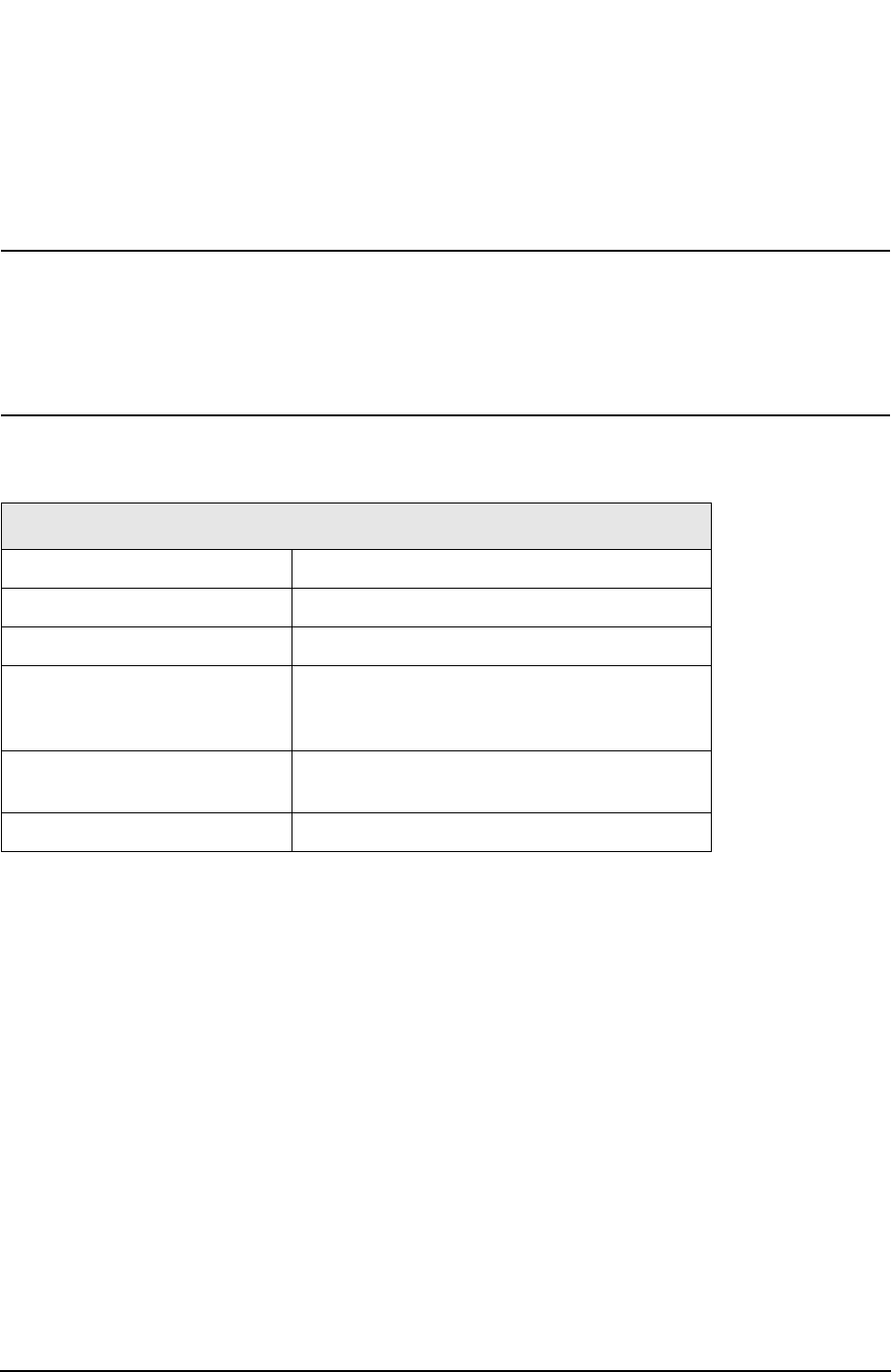User`s guide
Table Of Contents
- U3042AE12
- Title Page
- TOC
- Introduction
- Description
- Available Options
- Verifying the Shipment
- General Specifications
- Typical Reflection Tracking
- Front and Rear Panel Features
- System Setup with N5230A/C
- Controlling the Test Set with N5230A
- System Setup with N5242A
- Controlling the Test Set with N5242A or N5230C
- DUT Control Lines
- Test Set I/O Interface Commands
- Operational Check
- Troubleshooting Operational Check Failures
- Service Information
- Theory of Operation
- RF Switch Components
- S100 - Source to Ports (1, 5, 9 and 13)
- S200 - Source to Ports (2, 6, 10 and 14)
- S300 - Source to Ports (3, 7, 11 and 15)
- S400 - Source to Ports (4, 8, 12 and 16)
- S101 - Receiver to Ports (1, 5, 9 and 13)
- S201 - Receiver to Ports (2, 6, 10 and 14)
- S301 - Receiver to Ports (3, 7, 11 and 15)
- S401 - Receiver to Ports (4, 8, 12 and 16)
- RF Coupler Components
- System Block Diagram
- Safety and Regulatory Information
- Electrostatic Discharge Protection
- Contacting Agilent

User’s Guide 7
U3042AE12 General Specifications
Environmental Requirements
The environmental requirements of the PNA are listed in Table 3. Note that these
requirements are the same as those of the N5230A/C PNA-L. The N5230A/C PNA-L
provides front panel access to the source outputs, receiver inputs and couplers for use with
the Multiport test sets.
CAUTION Ventilation Requirements: When installing the instrument in a cabinet, the
convection into and out of the instrument must not be restricted. The ambient
temperature (outside the cabinet) must be less than the maximum operating
temperature of the instrument by 4 °C for every 100 watts dissipated in the
cabinet. If the total power dissipated in the cabinet is greater than 800 watts,
forced convection must be used.
Environmental Tests
The U3042AE12 complies with all applicable safety and regulatory requirements for the
intended location of use and have been evaluated to assure that they are consistent with
Agilent quality and reliability goals. On the basis of that evaluation, the following
environmental tests have been deemed unnecessary and have not been performed:
temperature, humidity, shock, vibration, altitude and power line conditions.
Equipment Heating and Cooling
If necessary, install air conditioning and heating to maintain the ambient temperature
within the appropriate range. Air conditioning capacity must be consistent with the BTU
ratings given in Table 2.
Required Conditions for Accuracy Enhanced Measurement
Accuracy–enhanced (error–corrected) measurements require the ambient temperature of
the PNA and Test Set to be maintained within ± 1 °C of the ambient temperature at
calibration.
Table 3 PNA Operating Environment
Temperature
Op era tion 0 °C to 40 °C ( 32 °F to 10 4 °F)
Storage –40 °C to +70 °C (–40 °F to +158 °F)
Measurement Calibration 20 °C to 26 °C (68 °F to 79 °F)
P e r f o r m a n c e V e r i f i c a t i o n T e m p e r a t u r e m u s t b e w i t h i n 1 ° C ( 1 . 8 ° F ) o f
the temperature at which the measurement
calibration was performed.
Pressure Altitude
(Operation or Storage)
0 to 4600 meters (~ 15,000 feet)
Enclosure Protection IP 2 0










